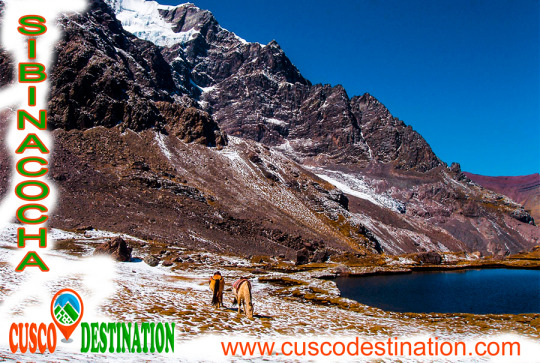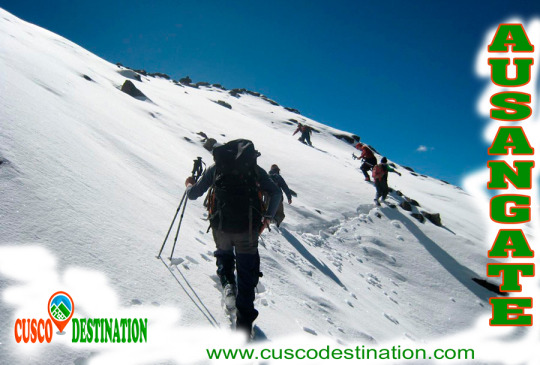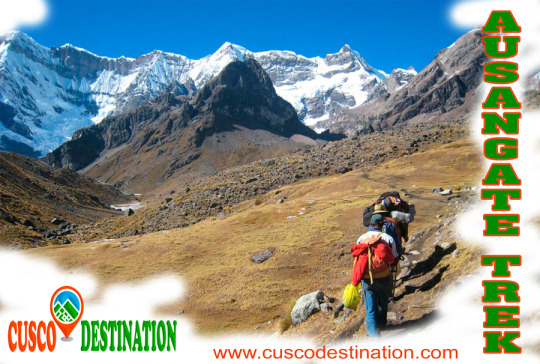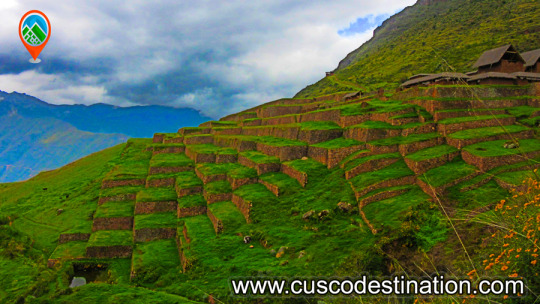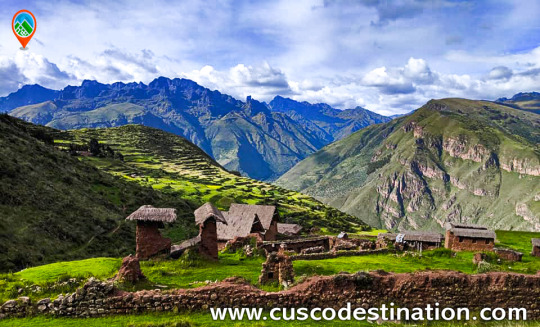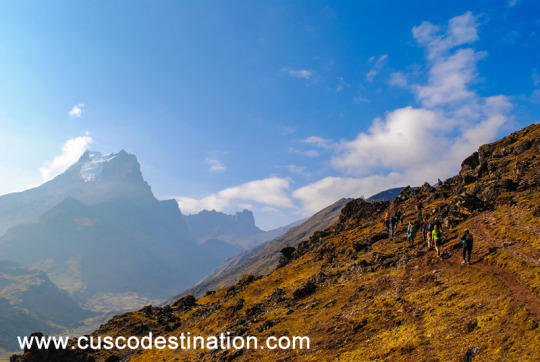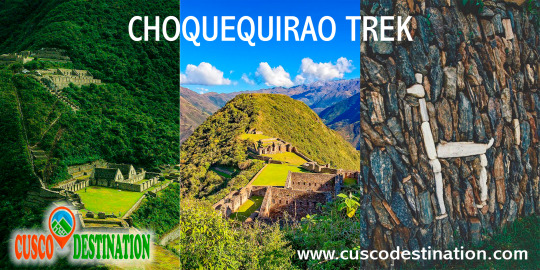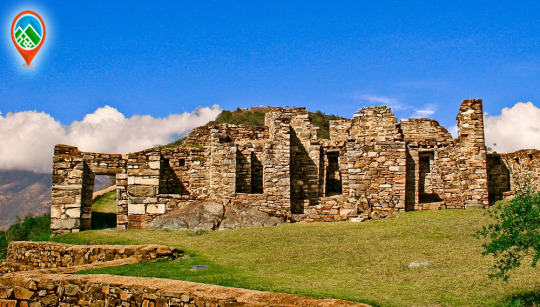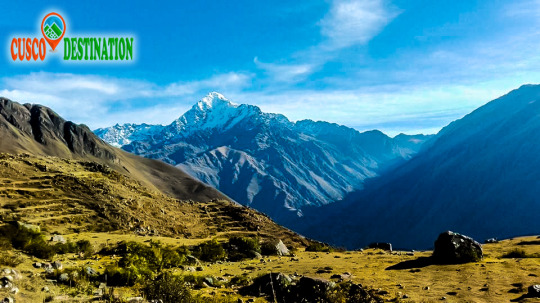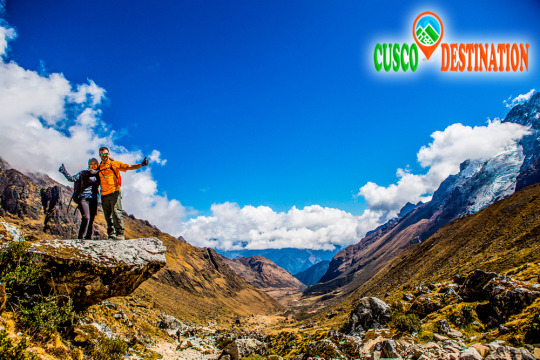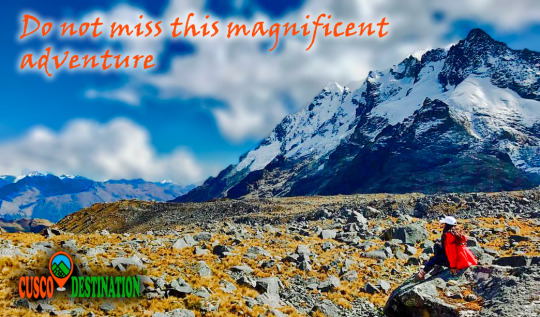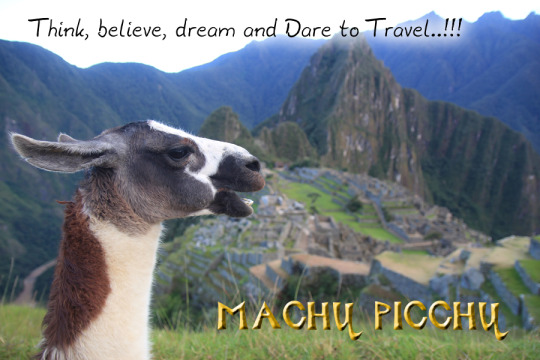
The adventure will take you to one of the most spectacular routes, full of beautiful and spectacular views of the sacred valley and the mystical city of Ollantaytambo, this is one of the beauties that hides the tour to the Sacred Valley in all its splendor. This place was dedicated to the carving and extraction of the stones that were used for the construction of Ollantaytambo and many surrounding precincts.
Location:
It is located 9 km from the Ollantaytambo district, "The Living Inca City" in the province of Urubamba, Cusco region.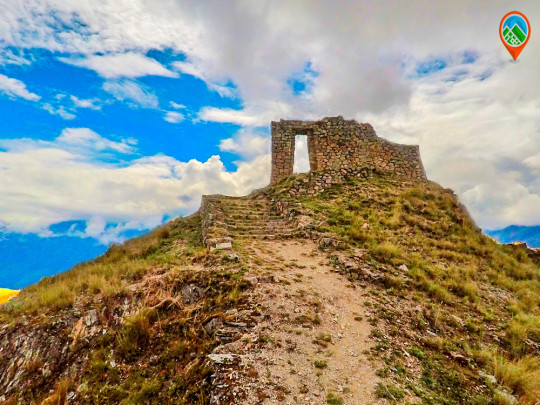
How to get?
On your own:The first thing is to go from the city of Cusco in a car or bus to Ollantaytambo (approximately 2 hours), once in the square of Ollantaytambo we will begin the walk: from the Plaza de Armas de Ollantaytambo take the Main Street towards Cusco, until arriving to the track, there instead of turning left where the stone street ends, continue straight on the path until you reach the Inca bridge. Cross it and walk to the right. After a 15-20 minute walk uphill, take a slope to the left at the fork, marked by a rock painted with "Las Canteras". In 20 minutes, agricultural platforms and foundations of old buildings will come into view. Follow the right trail and ignore other paths that cross. The trail will merge with a larger path. Continue through the mountain slope on this main road to the Lowe quarry, which is indicated by small stone foundations above boulders. (Minutes before reaching the quarry, the path passes through an irrigation canal, the last chance to cool off).
The first quarry is 2 hours after leaving the Plaza de Armas. Just after passing this quarry, continue on a smaller path to the left. Follow a series of zigzags to the hillside, for 45 minutes or an hour. Shortly after, the second much larger quarry will be visible on the left. The small fields on the right are a great place to camp. As a reference, a rock in the middle of the quarry painted with "National Institute of Culture".
Hiring a tour with a tour operator:
Definitely the safest and recommended option would be this, because they deal with the transfer to this archeological area better and resolve any inconvenience that may exist, are responsible for transportation, guidance, refreshment, etc.What attractions do you have?
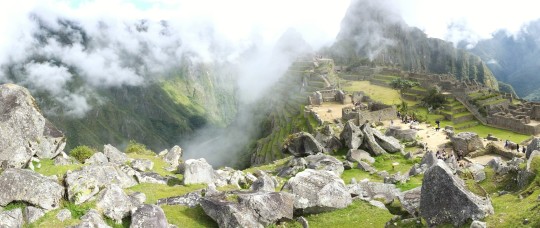
It has three groups of quarries:
- Molle Pucro, the most accessible and popular quarry.
- Sirkusirkuyoc (it was the largest of the three), shows evidence of having been in full operation when the Spaniards entered this area.
- Kantirayoq or Cacchicata, where another type of extraction of minerals and precious stones was practiced.
- We will also visit the slopes of Cachiccata, the pyramid of Paqariqtampu and the imposing surrounding snow-capped mountains.
- We can find the so-called "Tired Stones" that stayed during the trip to Ollantaytambo and in some parts of the town.
- In the same way we can observe the great work they did at the time of moving the gigantic stones to build the Ollantaytambo enclosures.
- This place is also known by the Intipunku (cover of the Sun), considered as a Sacred place of Spiritual retreat since ancient times, where you can feel the energy of the Apus (mountain spirits) and recharge positive energies on the heights of the Sacred Valley.
Recommendations:
- Be sure to eat and be well fed; You can bring snacks such as energy bars, nuts, chocolatillos.
- Drink water: Stay hydrated during the walk is very important.
- Take Coca Mate or chew Coca Leaves will help reduce and prevent altitude sickness.
- Sunscreen: Be sure to apply a minimum sunscreen every 02 hours and wear sunglasses accompanied by a hat or hat.
- Rain protection: There is always a chance of rain so be sure to wear rain clothes.
- Wear warm and waterproof jackets and light clothes for the sun.






